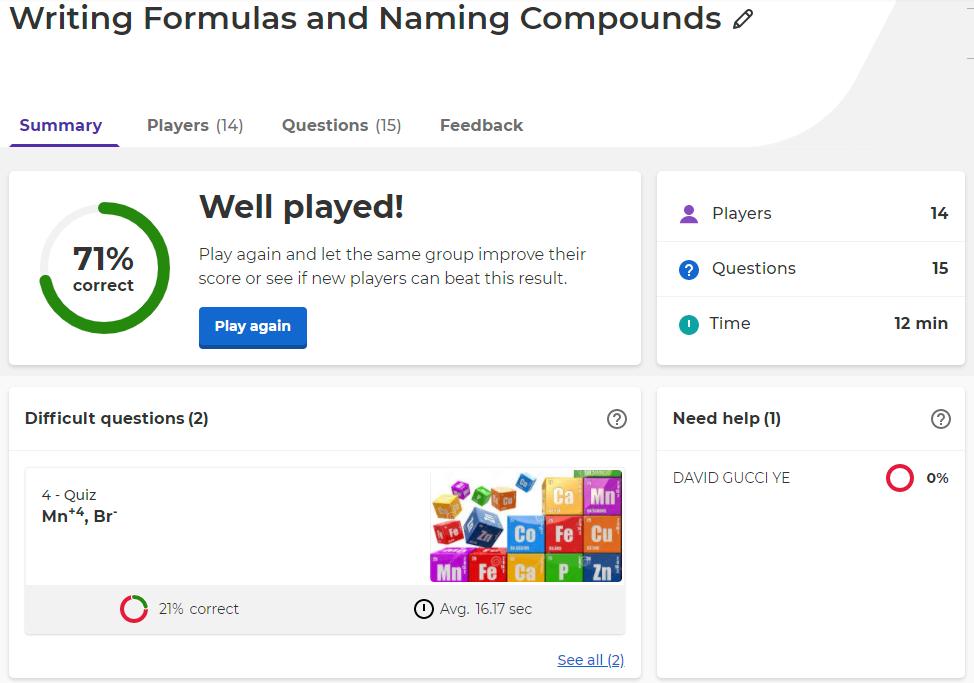I found this second half of the assignment to be a bit challenging as there the first unit of my course is quite information-dense. The majority of the content is based on face-to-face instruction combined with students having opportunities to increase their engagement such as to “[l]earn from and with each other and people in their community, [c]onnect with experts and expertise, and [h]ave more opportunities for dialogue and conversation” (Taylor and Parsons, 2011). Taylor and Parsons also quote Brown (2000) as saying “Learning becomes situated in action; it becomes as much social as cognitive, it is concrete rather than abstract, and it becomes intertwined with judgment and exploration” which I believe is an integral part to teaching an art medium such as filmmaking. As such, the majority of this unit is based upon the building of foundational skills; students will encounter a new concept, try it for themselves, and continually reinforce their grasp of how to use their filming equipment and editing software. A further inspiration for this approach came from one of the readings this week on the Connected Learning Framework:
“The design principles that inform the intentional connecting of learning environments are that everyone can participate, learning happens by doing, challenge is constant and everything is interconnected. Finally, online services amplify opportunities for CL, through fostering engagement and self-expression, increasing accessibility to knowledge and learning experiences, expanding social supports for interests and expanding diversity and building capacity.” (Brown et al., 2016)
I found this fit the subject of filmmaking extremely well as students encounter the challenge of handling new technology and methods of expression with the amplification of sharing their work online or pursuing new avenues of knowledge in the medium.
As this unit will primarily take place in-person, my discussion/communication activities are based around guided discussions on our content (shot/angle types) as well as the pitfalls of sharing content online (Copyright/Free Use). Google Classroom further facilitates asynchronous discussion on these issues by allowing students to make comments/questions on the class feed itself.
The multimedia content I created was a formative assessment piece in Kahoot – I have found this to be an invaluable tool as it can break down which questions are difficult for students, who needs help, etc. These activities always have a high engagement level in my experience and I often run the same Kahoot multiple times over a unit to reinforce students’ command of a subject.
A final point to acknowledge is how I must always maintain a fluid nature in my teaching as I will always find new ways to grow and improve my own instruction as I encounter exciting new technologies and methods!
References
Brown, C., Czerniewicz, L., & Biajesm T. (2016). Online content creation: looking at students’ social media practices through a Connected Learning lens. Learning, Media and Technology, 41(1), 140-159. Retrieved from https://www.tandfonline.com/doi/full/10.1080/17439884.2015.1107097
Taylor, L., & Parsons, J. (2011). Improving student engagement. Current Issues in Education, 14(1), 1-33. Retrieved from http://cie.asu.edu/
